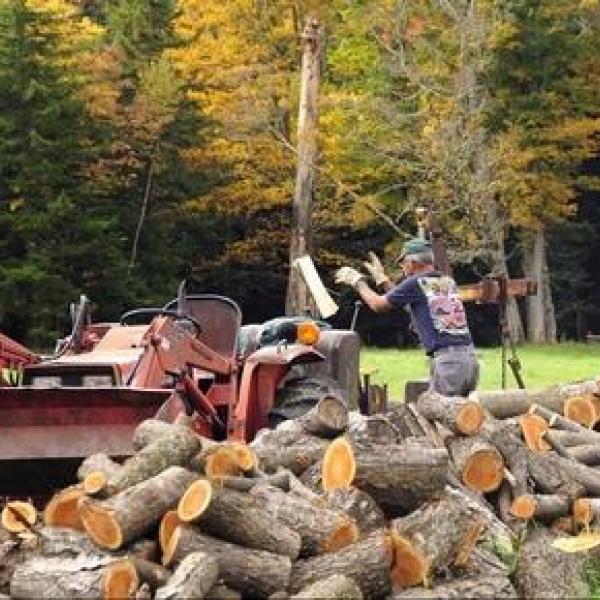
News Source
The locavore movement in Vermont is strong, whether vegetables, meat, craft beer or goods and services. I am here to promote the same approach in the purchase and burning of firewood. Why is this important?
Transported firewood is a major vehicle of invasive pests such as the emerald ash borer and Asian longhorned beetle. These pests are a grave threat to our forests. Over half of Vermont’s trees are potential hosts of these invasives, and our state tree, the sugar maple, is no exception.
Slowing the spread of invasive pests affords us the time to study additional options for tree pest management while still maintaining and providing the variety of goods and services to the public that come from our forests and trees.
Our forests truly are at risk. The emerald ash borer has been detected in 25 states, including all states bordering Vermont, as well as Quebec to our north. With roughly 8 billion ash trees across the nation, American cities will spend more than $10 billion over the next decade to treat or remove infestations, representing a die-off 10 times larger than Dutch elm disease.
The Asian longhorned beetle is also of great concern; The nearest infestation is within 50 miles of our border in Worcester, Mass. The Worcester Asian longhorned beetle infestation has resulted in the cutting of more than 34,000 trees, and since October 2008 it has cost the U.S. Department of Agriculture over $146 million. The spread of these pests is a direct result of wood transport, specifically the movement of untreated firewood.
Though the emerald ash borer and the Asian longhorned beetle have yet to be detected in Vermont, our state is threatened by firewood transported here from other states and countries. Trees may look healthy despite harboring harmful organisms that can go undetected for years. By the time their appearance causes visible signs of deterioration, containment and treatment become increasingly difficult.
Vermont’s forests are fundamental to our state’s economy and well-being. There are more than 20,000 jobs in forest-based manufacturing and recreation, with an annual economic benefit of $1.9 billion from forest-based recreation alone (e.g., fall foliage, skiing, hunting). Trees in developed areas provide $68 billion a year in public benefit, such as air and water filtration, rainwater capture, the shade and cooling of our homes and an increase in property values thanks to a natural aesthetic.
We collectively benefit from healthy forests, and our forests need our collective help. By burning wood where you buy it, you will help the local economy and keep Vermont’s forests healthy and green.
Join the Vermont Department of Forests, Parks and Recreation and our partners for Firewood Awareness Week on May 17-23 and help us celebrate locally sourced and treated firewood. Learn more about the week at www.VTinvasives.org, and invasive pest and firewood at www.vtforest.com.
Steven J. Sinclair is director of forests for the Vermont Department of Forests, Parks and Recreation.